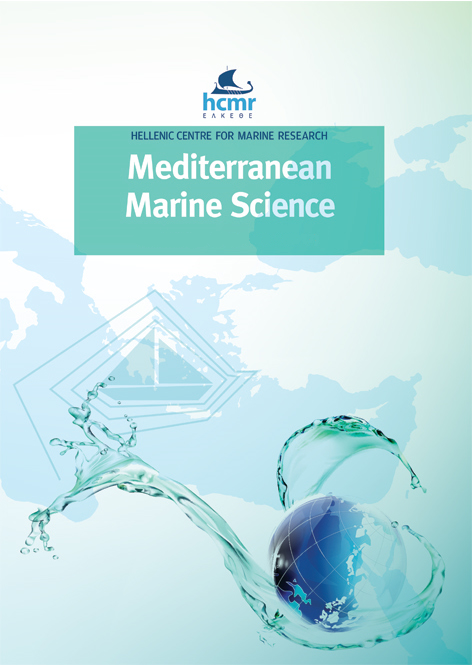Comparative morphology of urohyal bone in brackish water species of the genus Aphanius Nardo, 1827 in the Persian Gulf and Southeastern Mediterranean Sea basins (Teleostei: Aphaniidae)

Abstract
Among the skeletal elements in fishes, the urohyal bone which lies in the lower part of the head - the central part of the mandibular skeleton- has proved to be of special significance in fish systematics. The urohyal bone is considered to be a synapomorphic structure in teleostean fish. The urohyal bone of six brackish water Aphanius species (i.e., Aphanius hormuzensis, A. stoliczkanus, A. furcatus, A. ginaonis, A. mento, A. sirhani) was compared using morphological description and linear measurements to explore the effectiveness of urohyal bone morphology in the separation of the Aphanius species. Description of the urohyal bones and their morphological variation allowed identification of the A. furcatus, A. mento and A. sirhani from their relatives. Moreover, the UH.UL separates significantly A. dispar and A. ginaonis, and the MH.UL discriminates significantly A. mento from others studied relatives. Discriminant function analysis (DFA) separated the studied species with high classification success (overall mean 94.7%). These results suggest the power of urohyal bone morphology in separating of the Aphanius species analyzed, and highlighting the taxonomic value of the urohyal bone. By considering the phylogenetic relationships among the studied species, it can be concluded that the observed variation in their urohyal morphology is largely consistent with their phylogeny. This indicated that at least some morphological characters in the shape of urohyal bone in Aphanius are encoded probably by genetic factors, which can be used for species discrimination.
Article Details
- How to Cite
-
TEIMORI, A., MOTAMEDI, M., & IRANMANESH, A. (2018). Comparative morphology of urohyal bone in brackish water species of the genus Aphanius Nardo, 1827 in the Persian Gulf and Southeastern Mediterranean Sea basins (Teleostei: Aphaniidae). Mediterranean Marine Science, 19(2), 356–365. https://doi.org/10.12681/mms.15929
- Issue
- Vol. 19 No. 2 (2018)
- Section
- Research Article
Authors who publish with this journal agree to the following terms:
- Authors retain copyright and grant the journal right of first publication with the work simultaneously licensed under a Creative Commons Attribution Non-Commercial License that allows others to share the work with an acknowledgement of the work's authorship and initial publication in this journal.
- Authors are able to enter into separate, additional contractual arrangements for the non-exclusive distribution of the journal's published version of the work (e.g. post it to an institutional repository or publish it in a book), with an acknowledgement of its initial publication in this journal.
- Authors are permitted and encouraged to post their work online (preferably in institutional repositories or on their website) prior to and during the submission process, as it can lead to productive exchanges, as well as earlier and greater citation of published work (See The Effect of Open Access).




